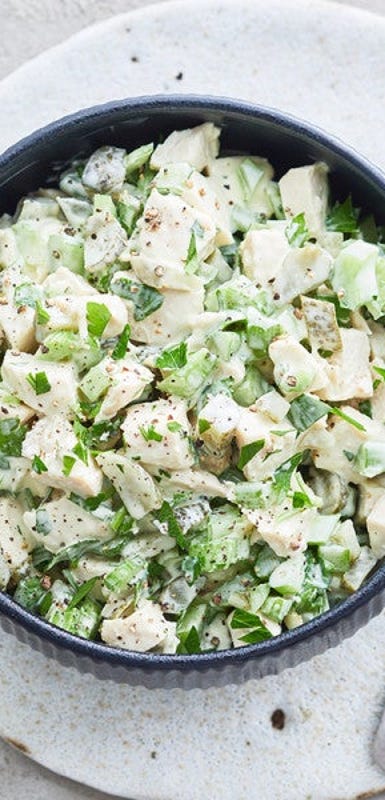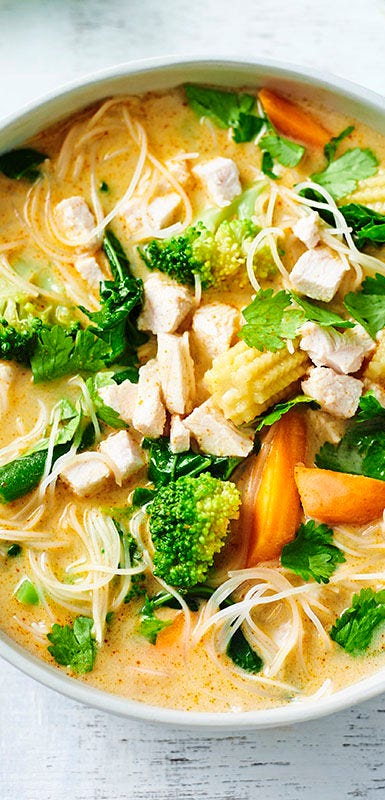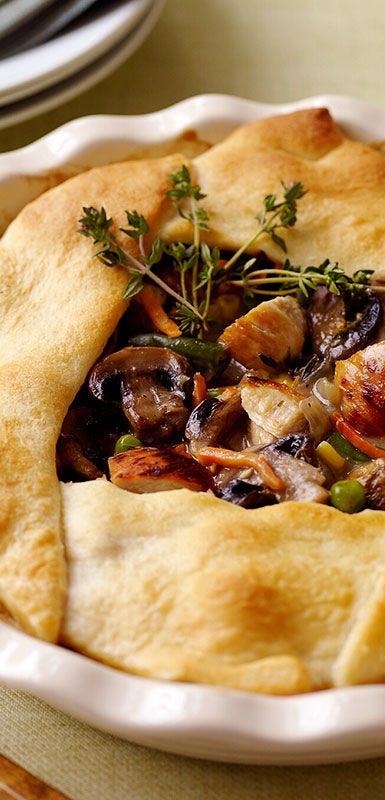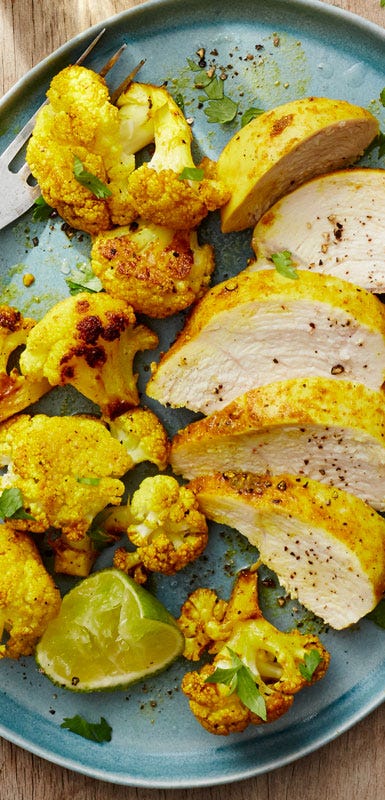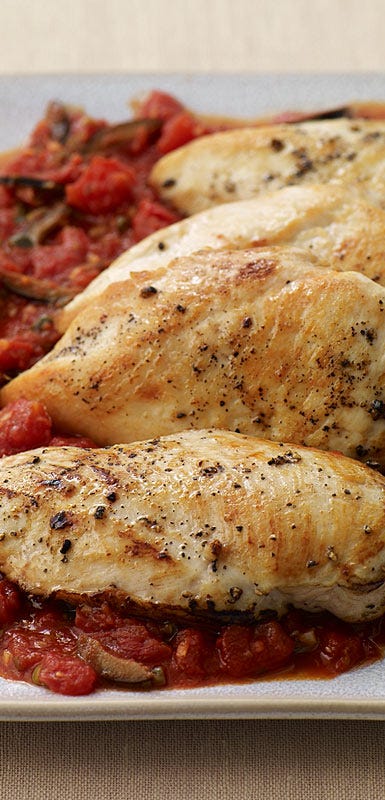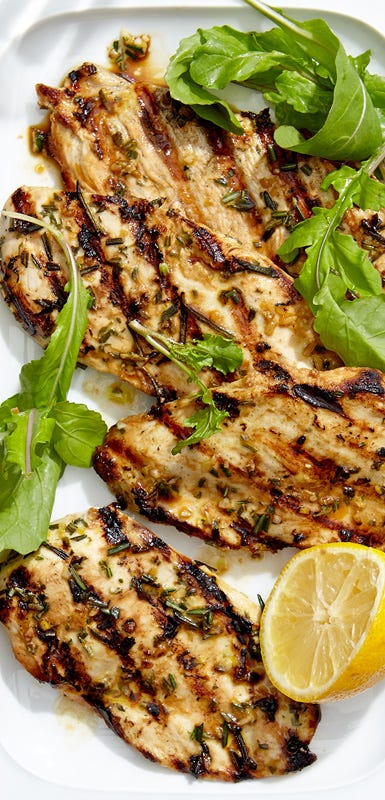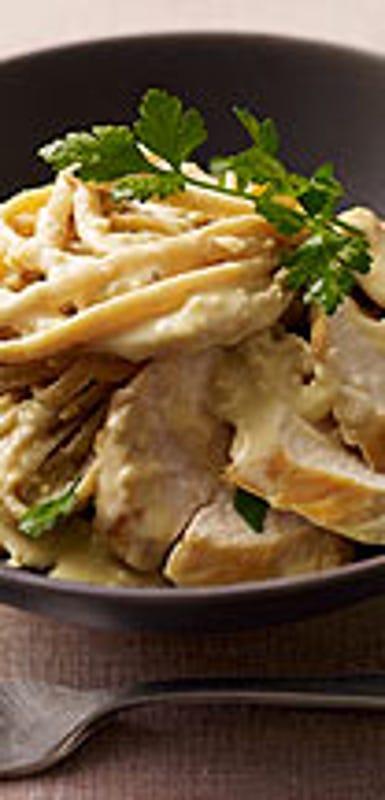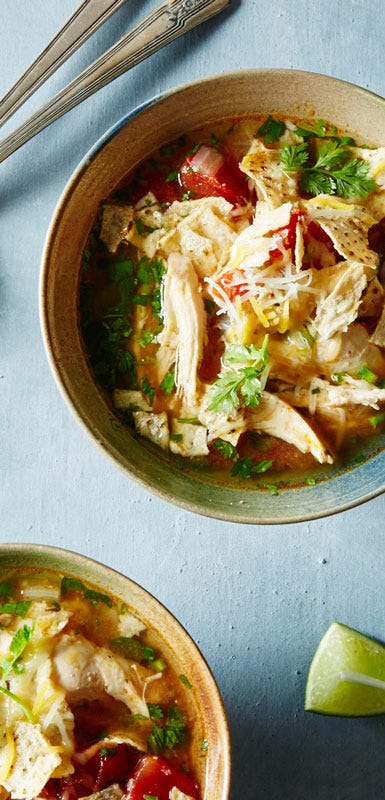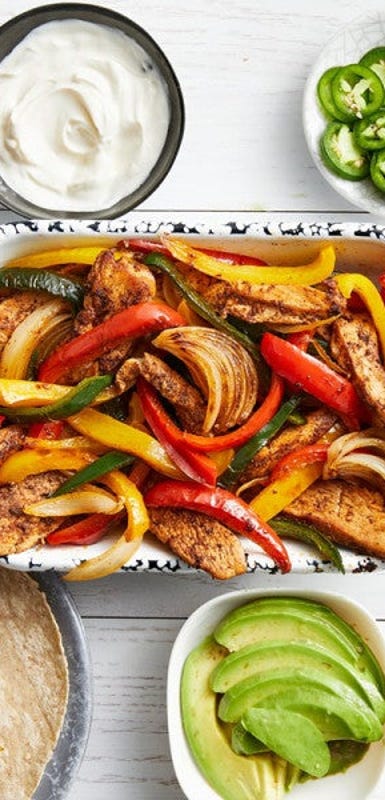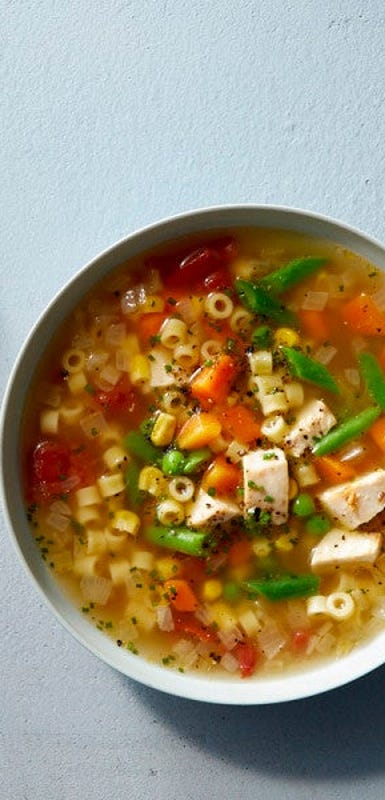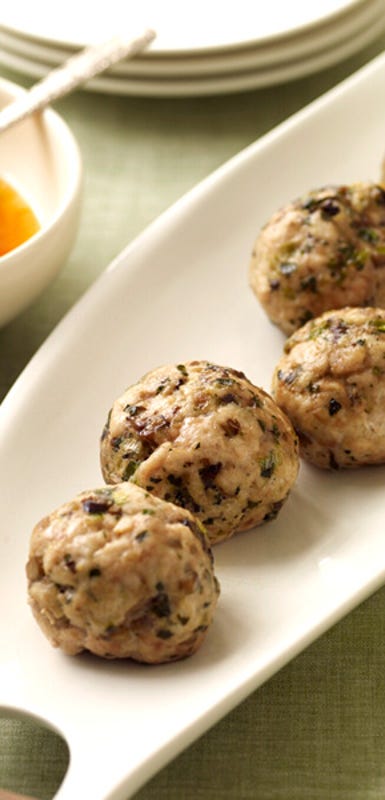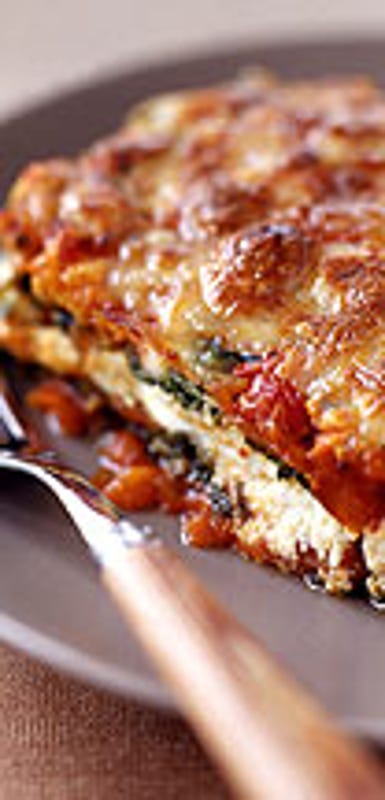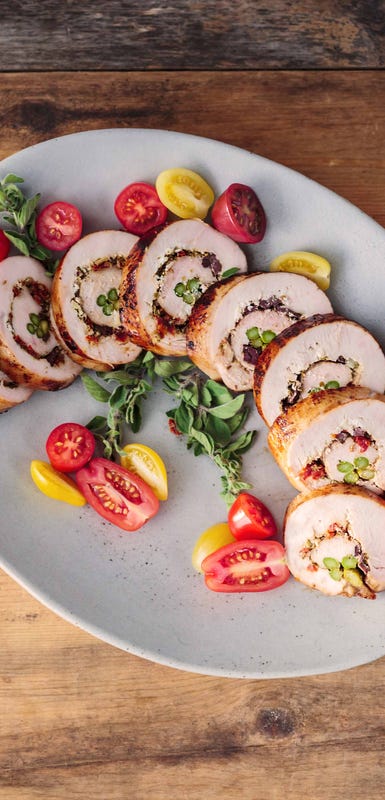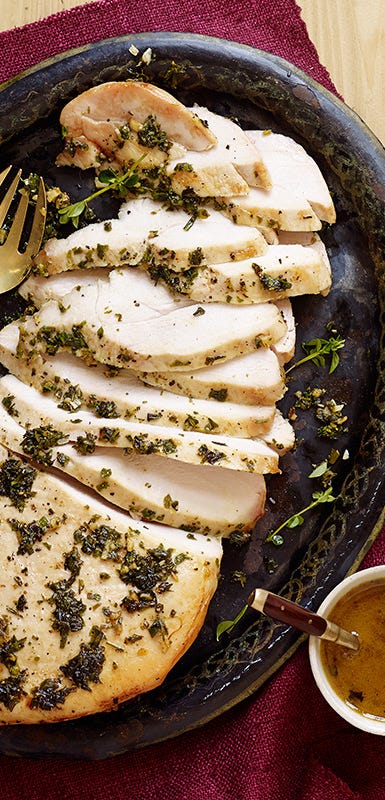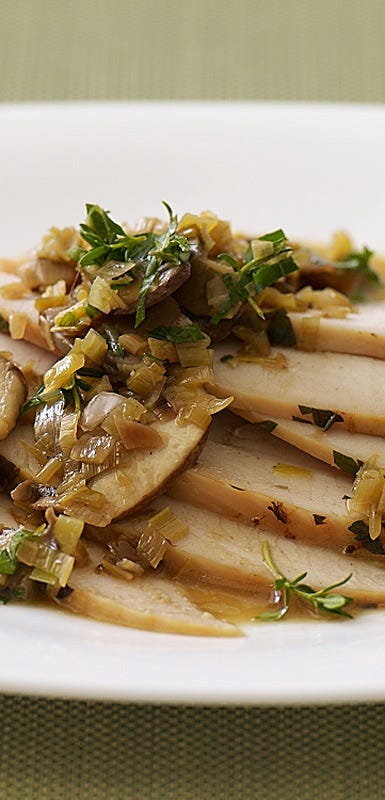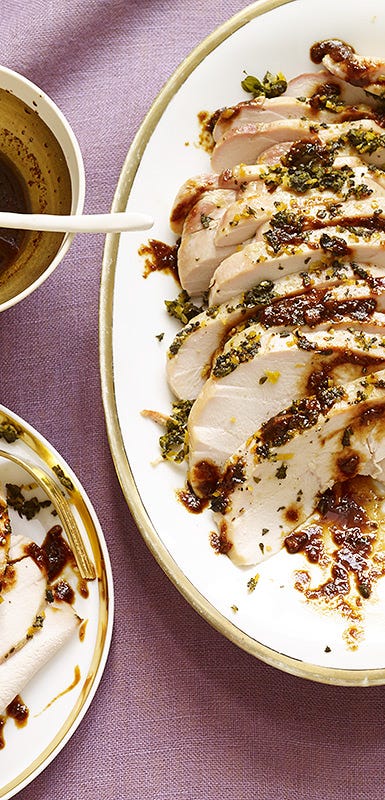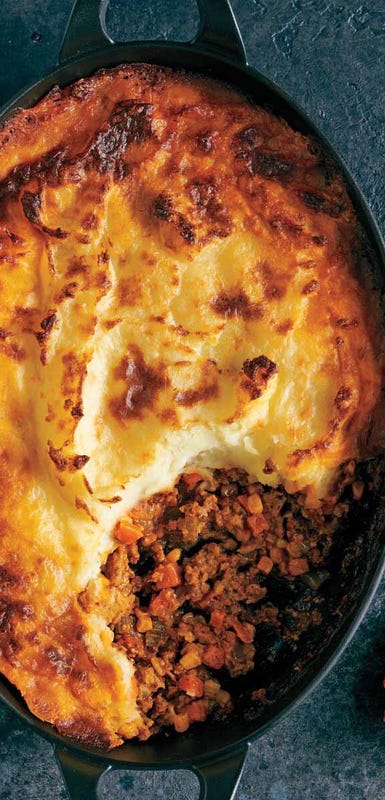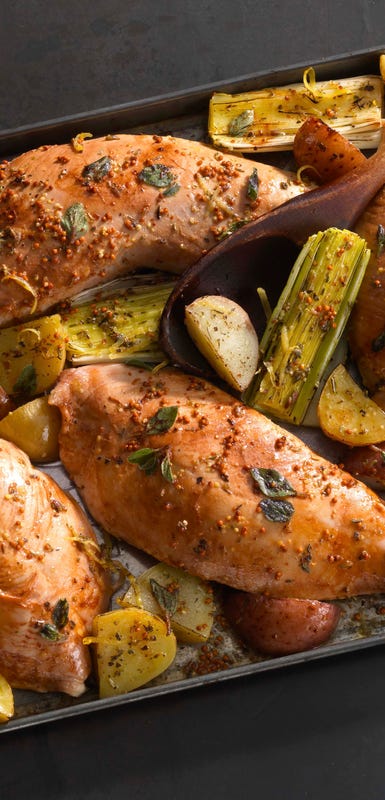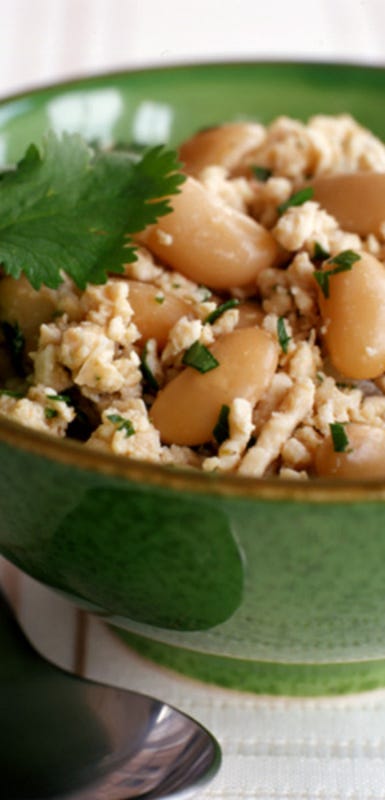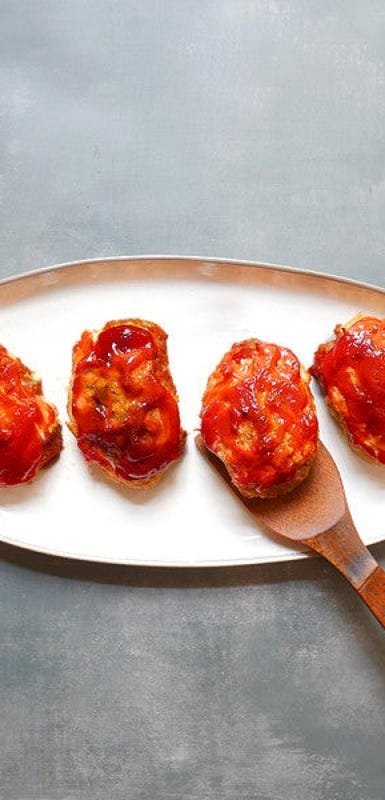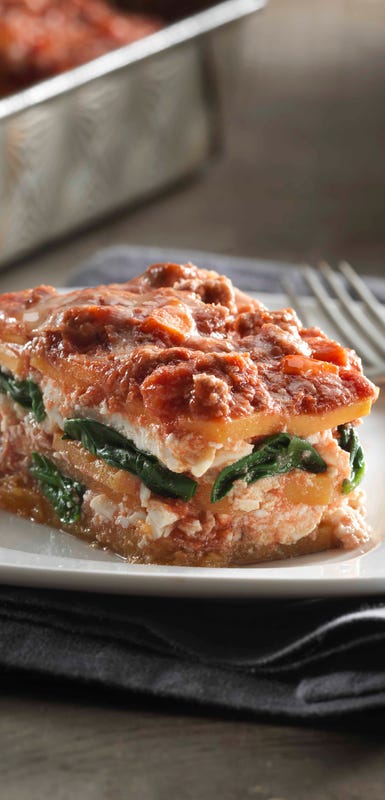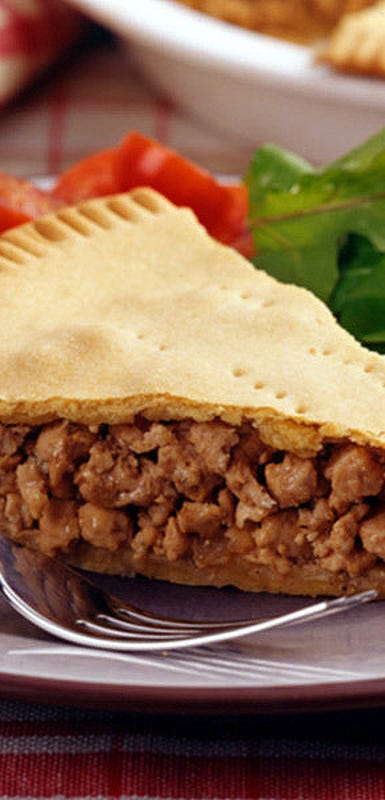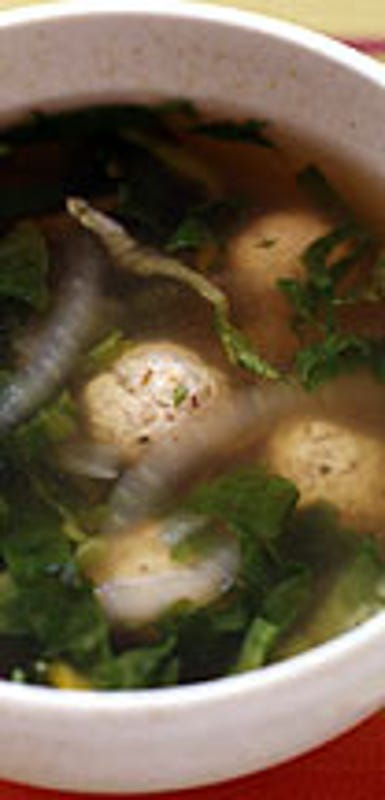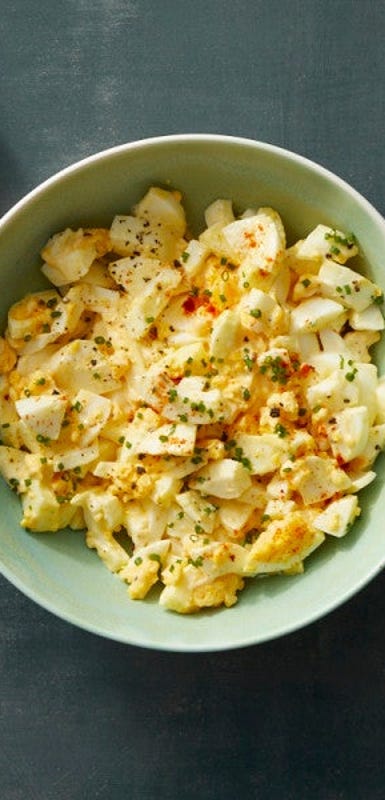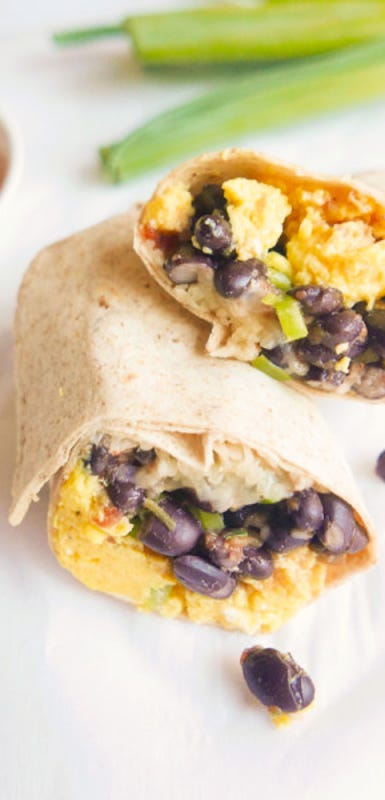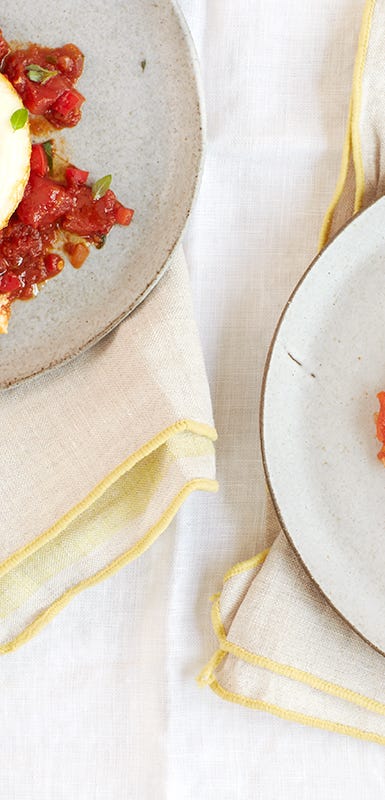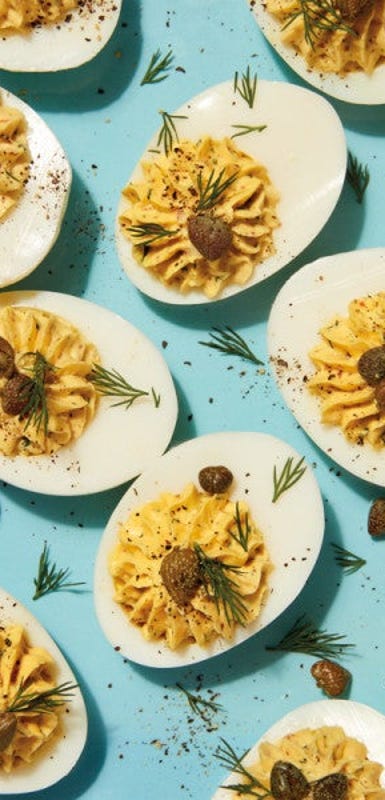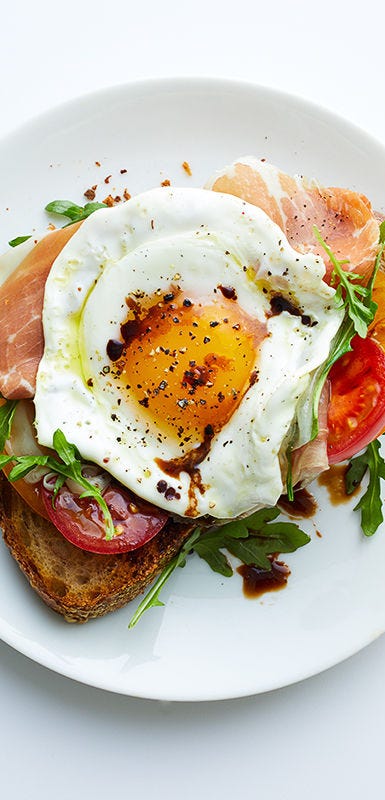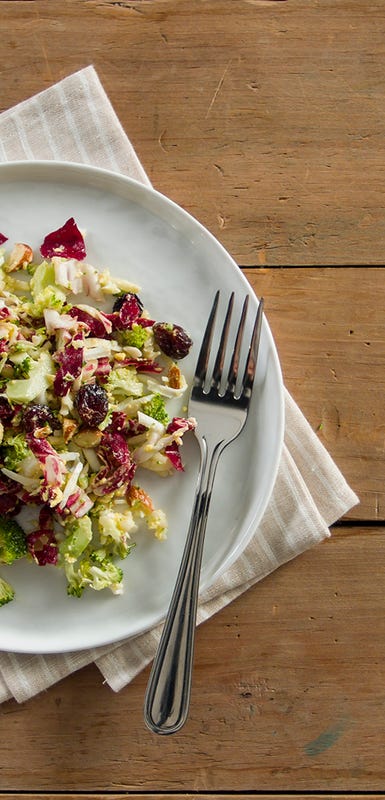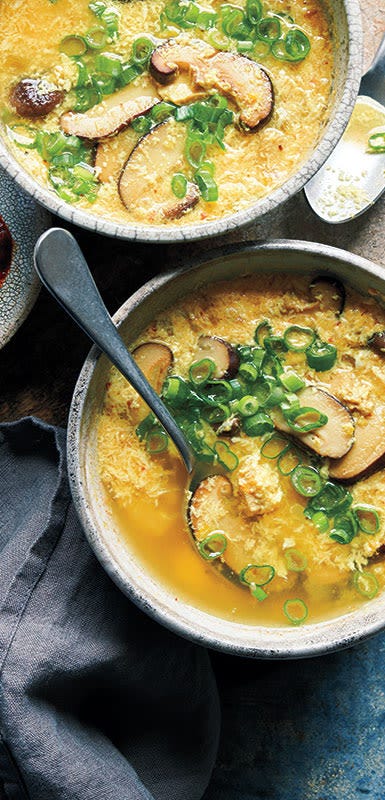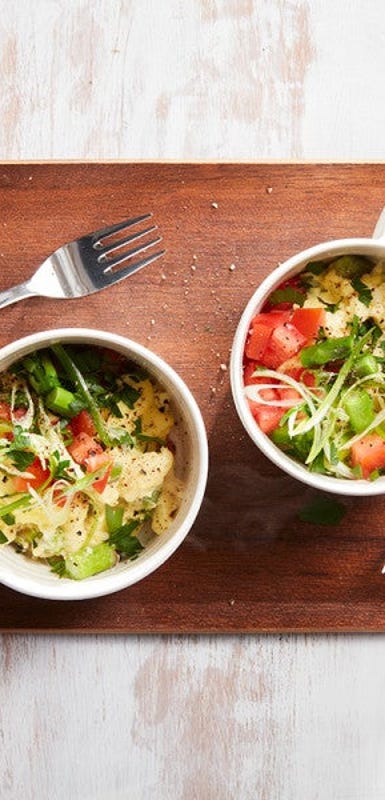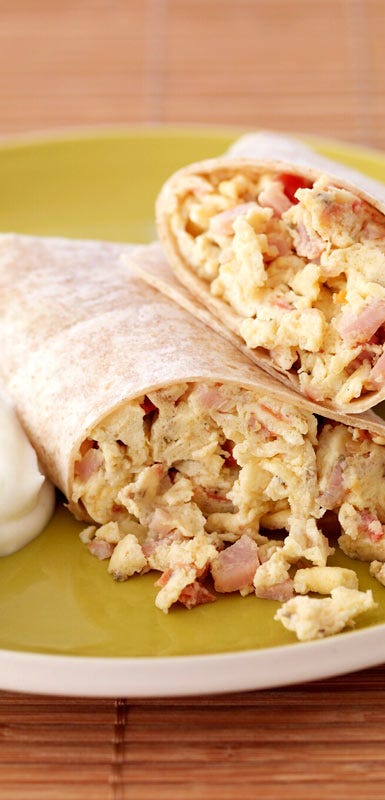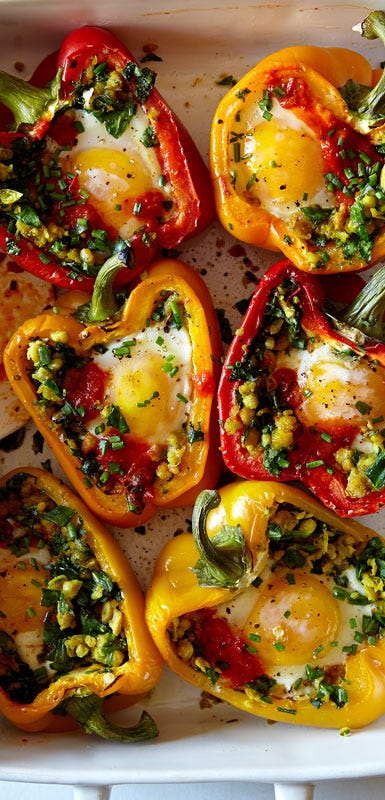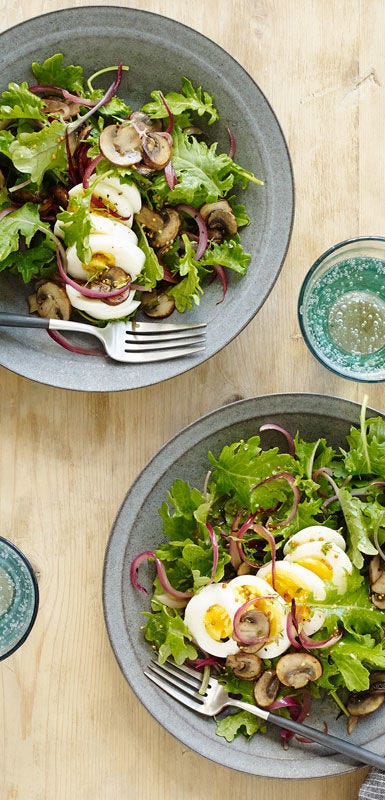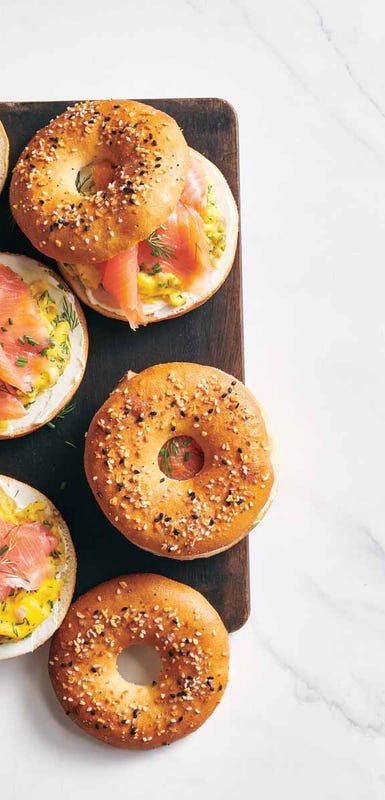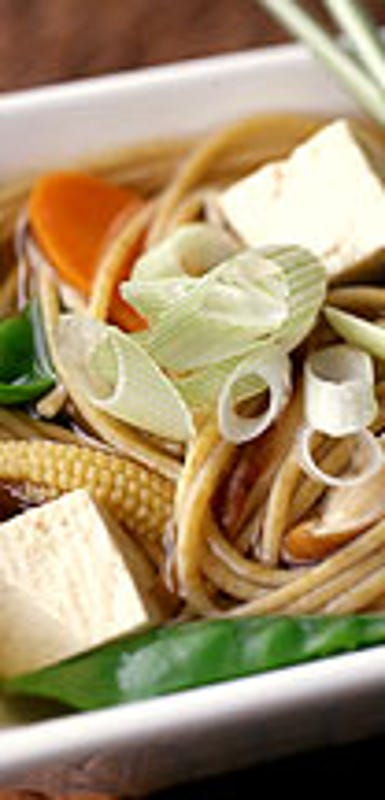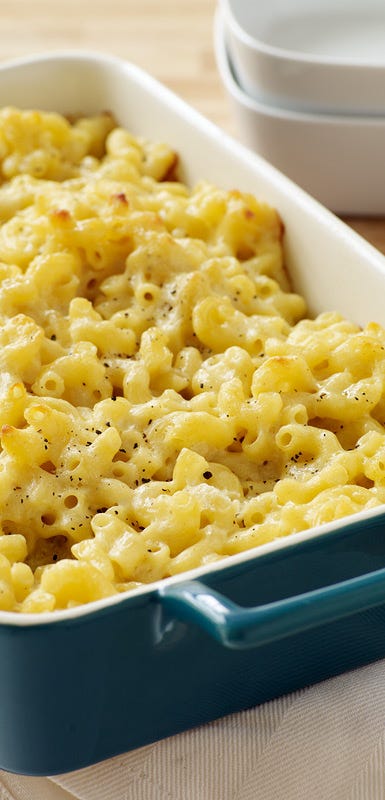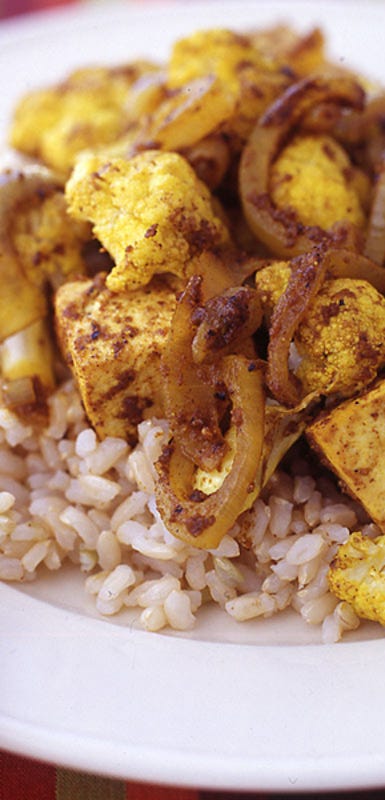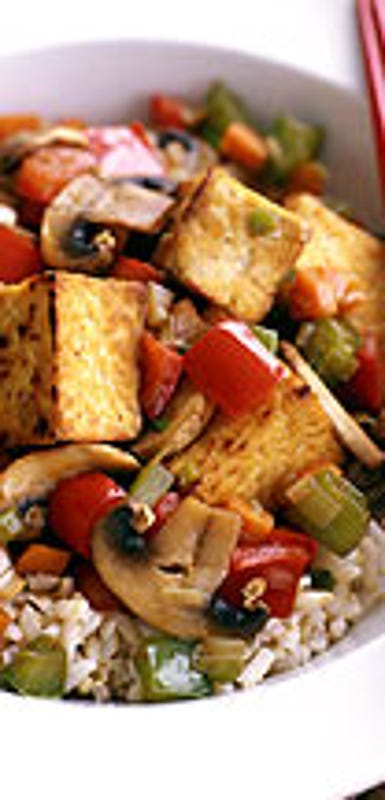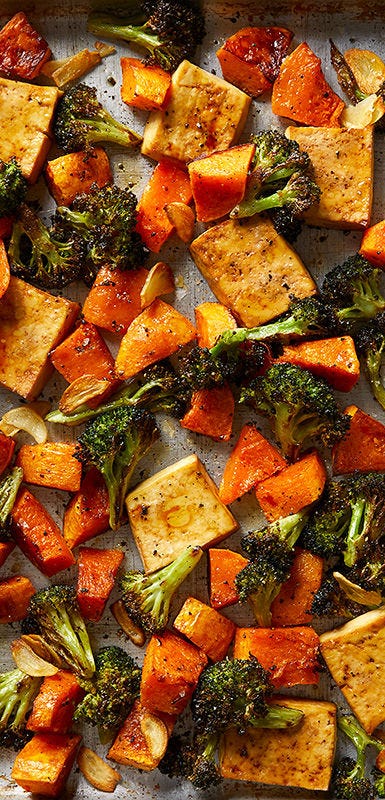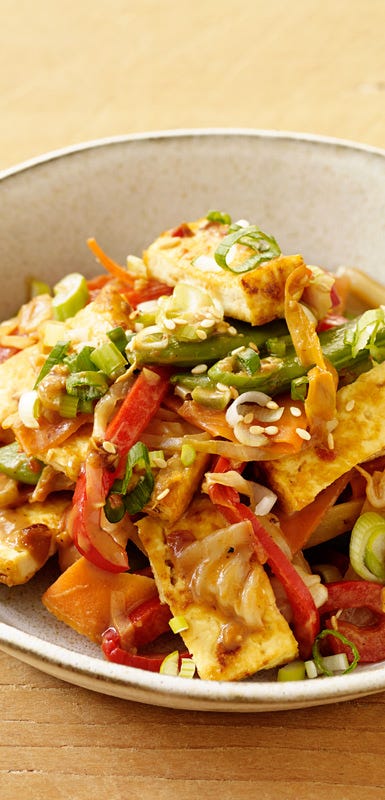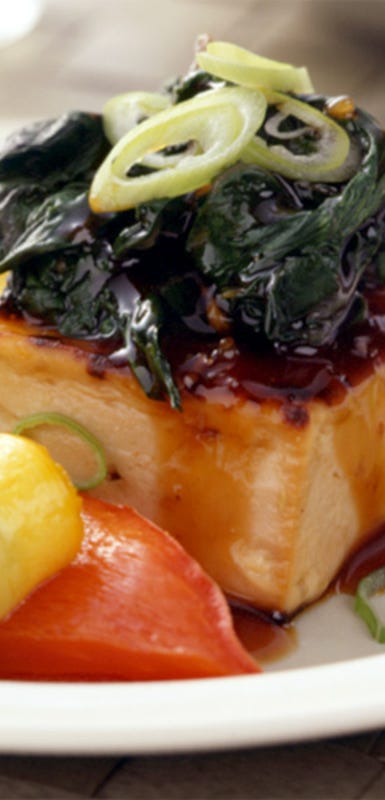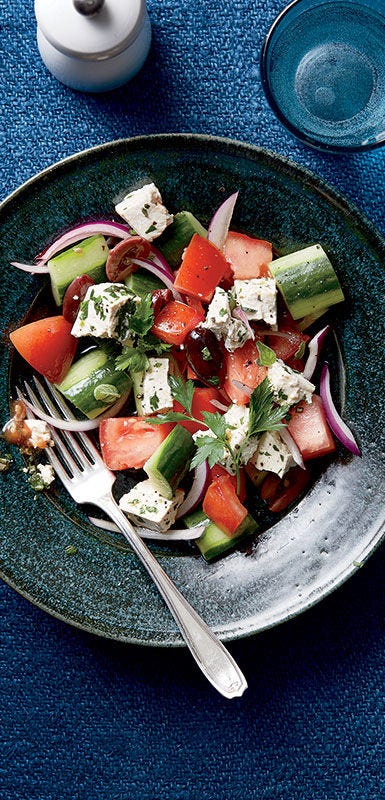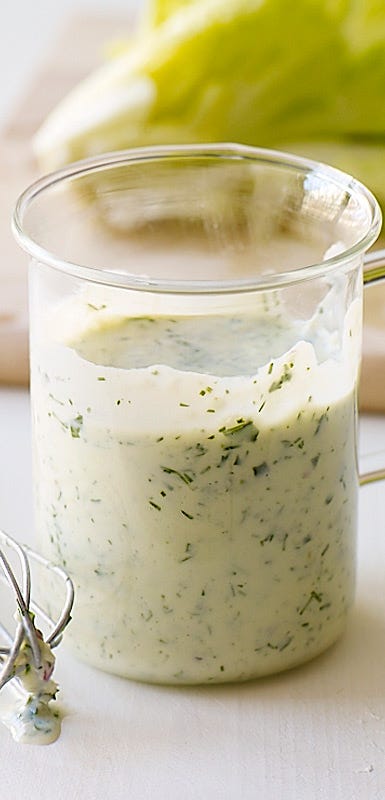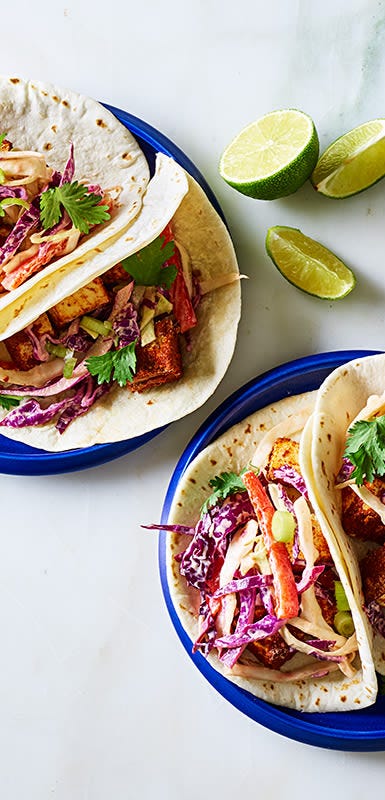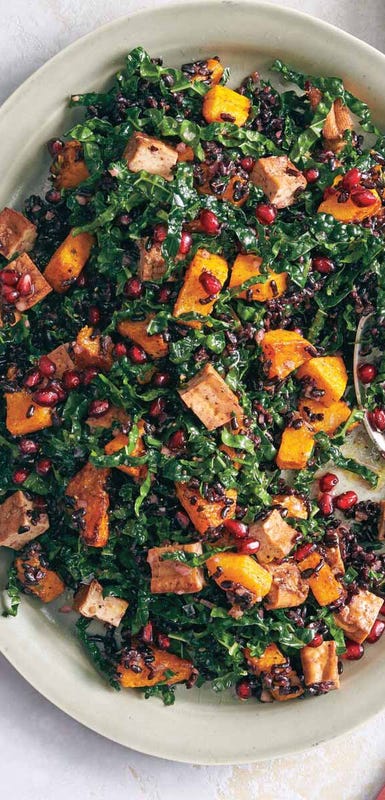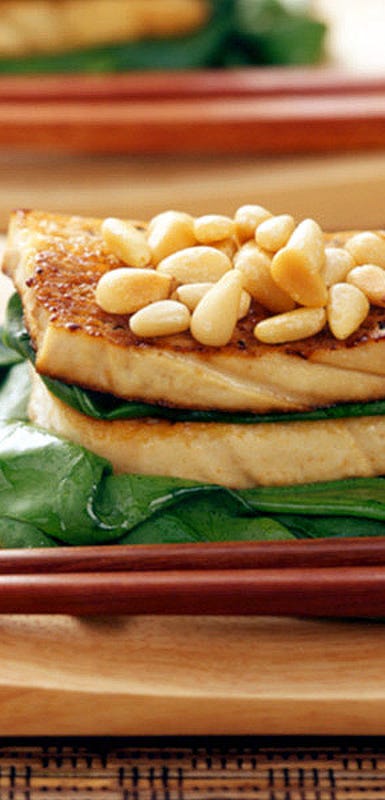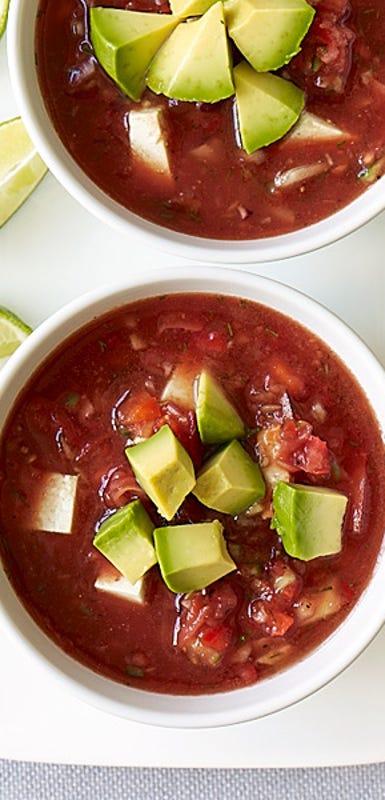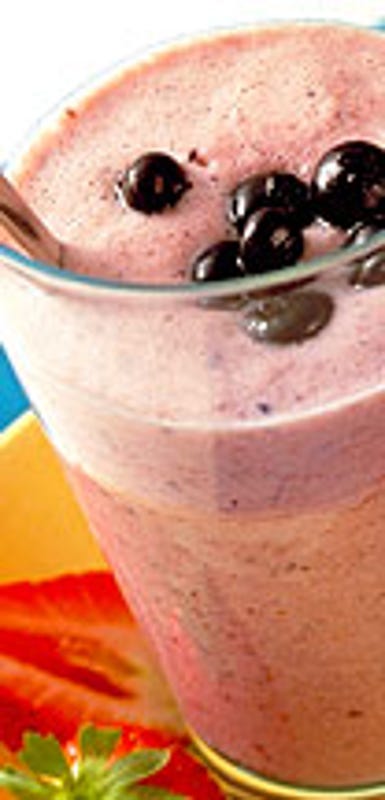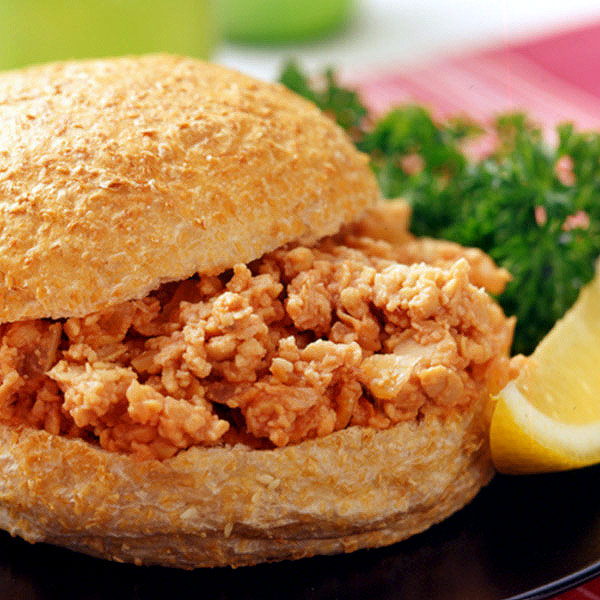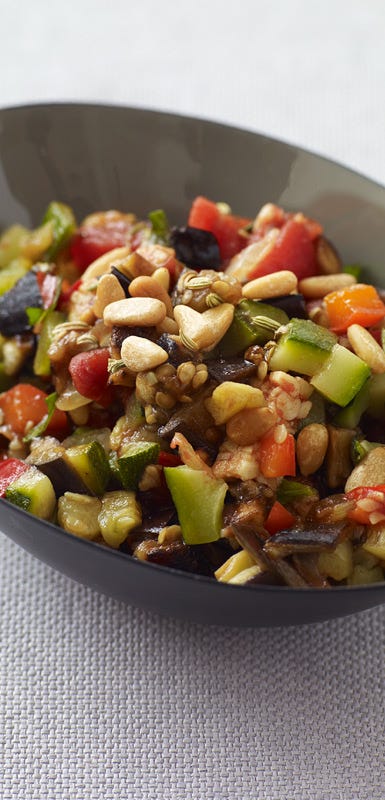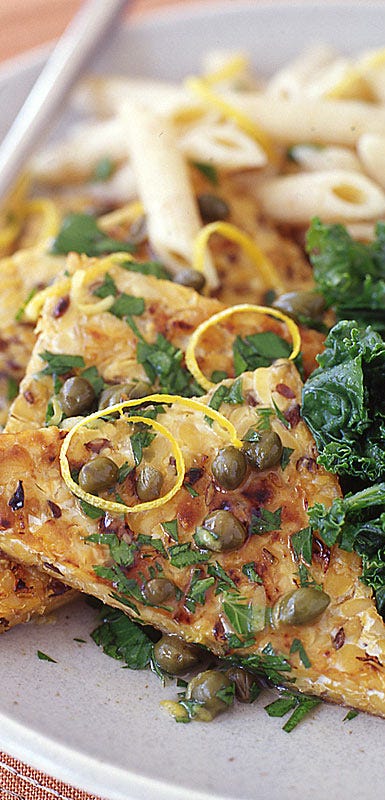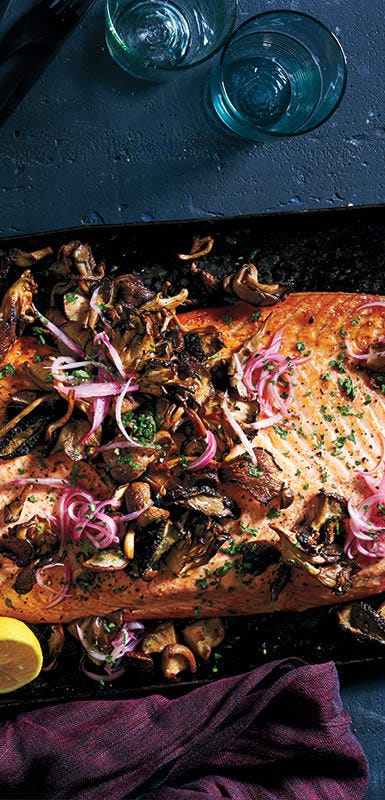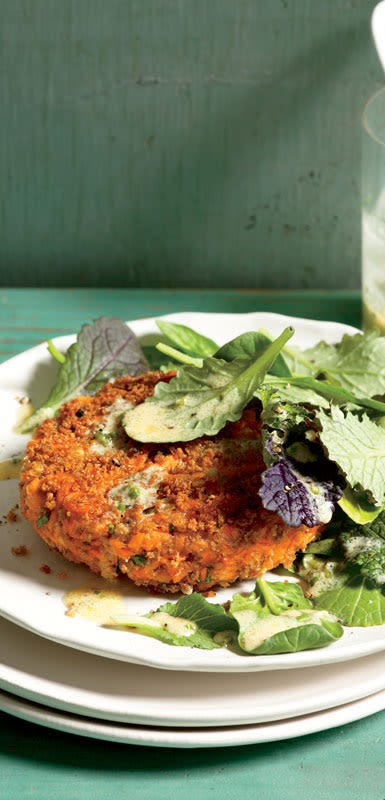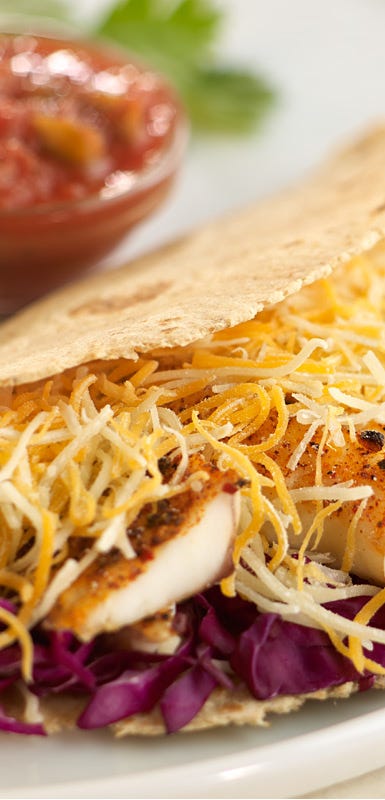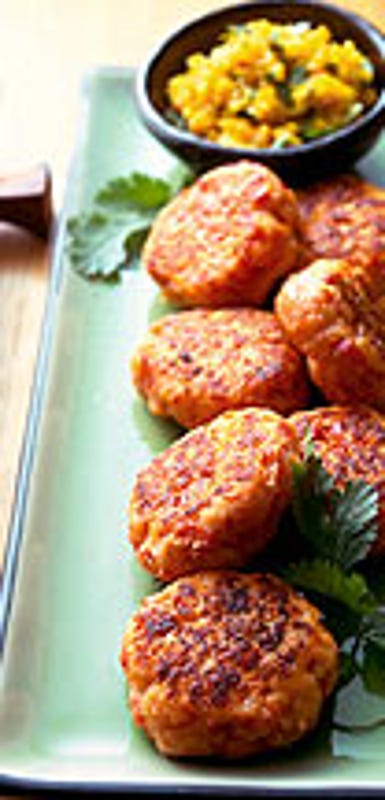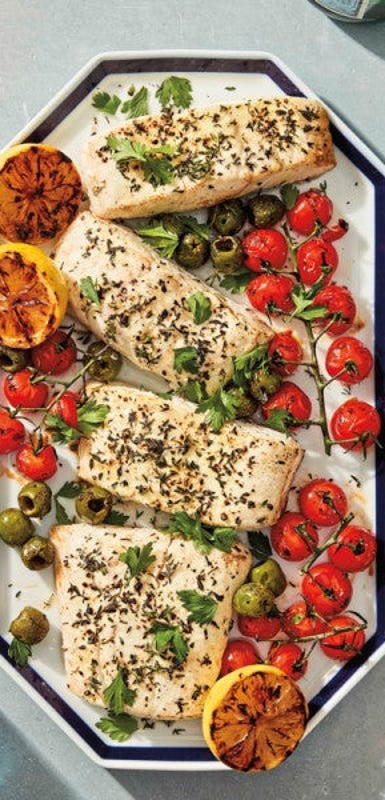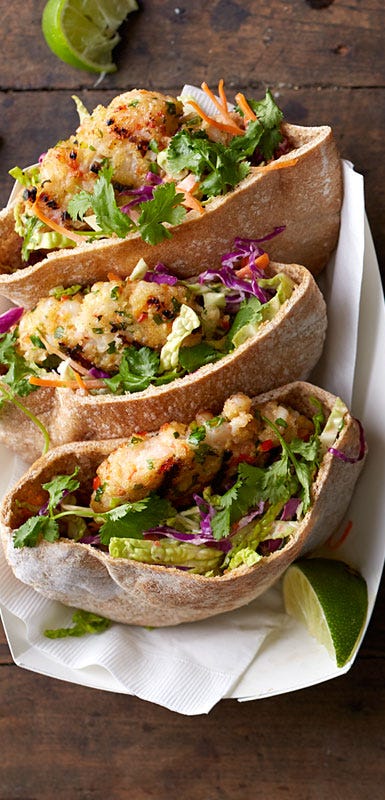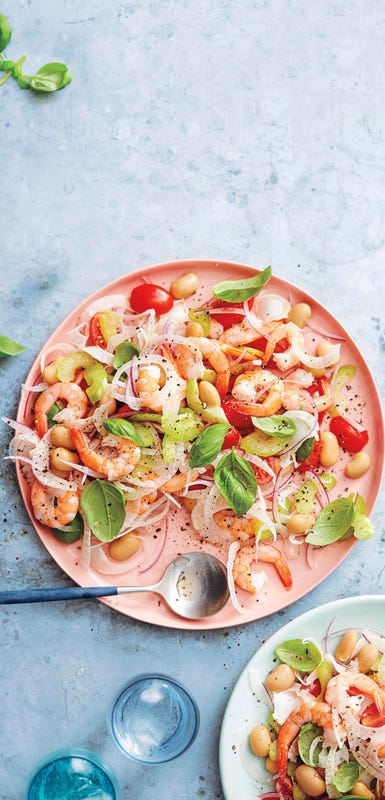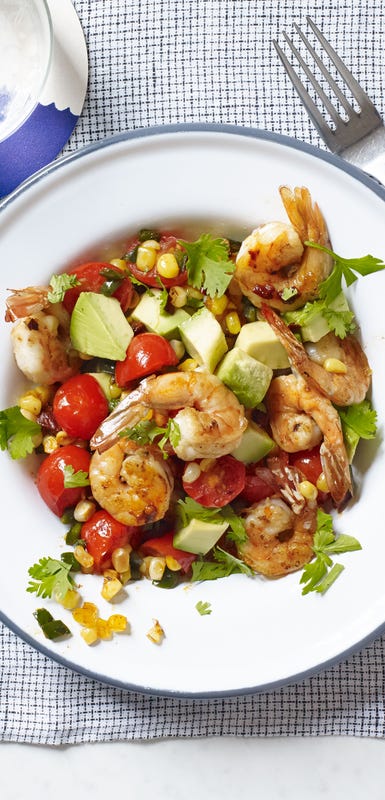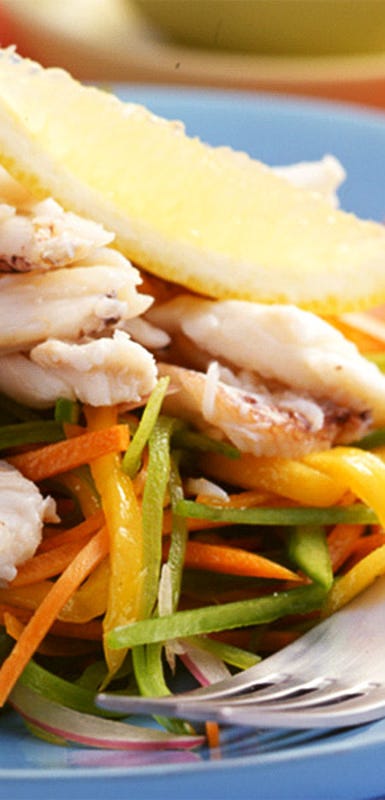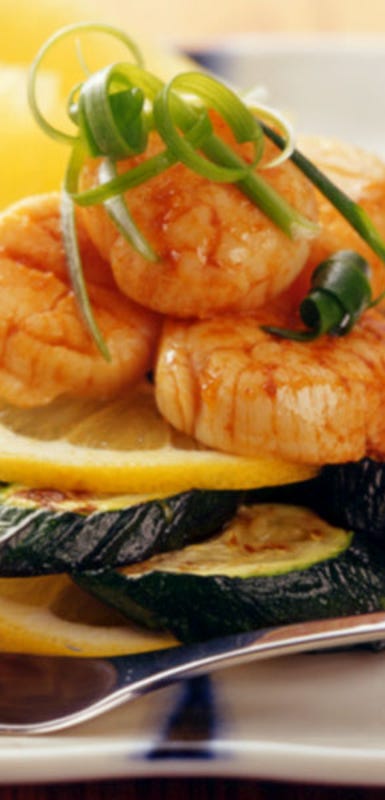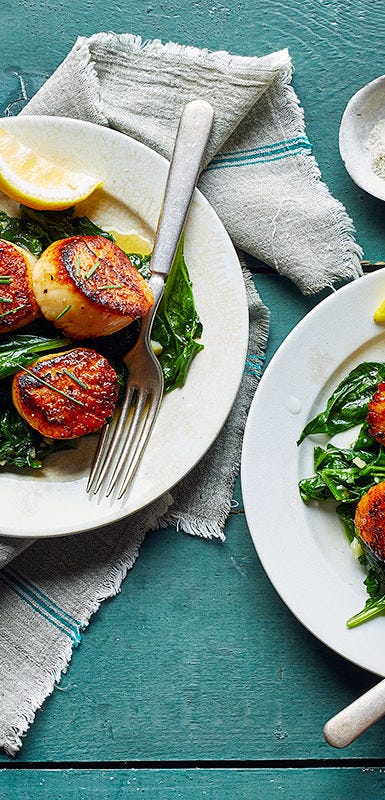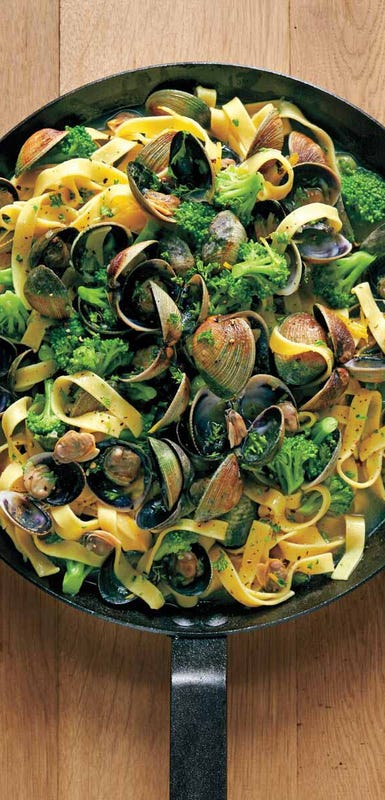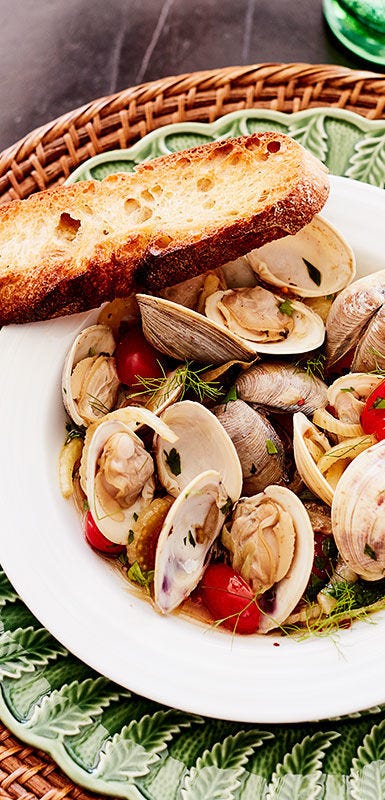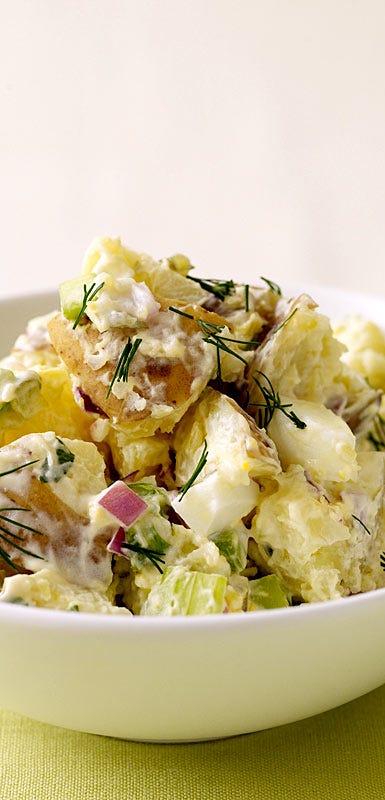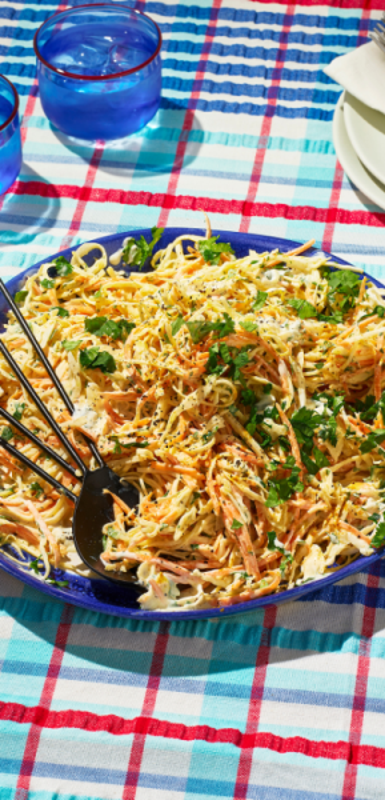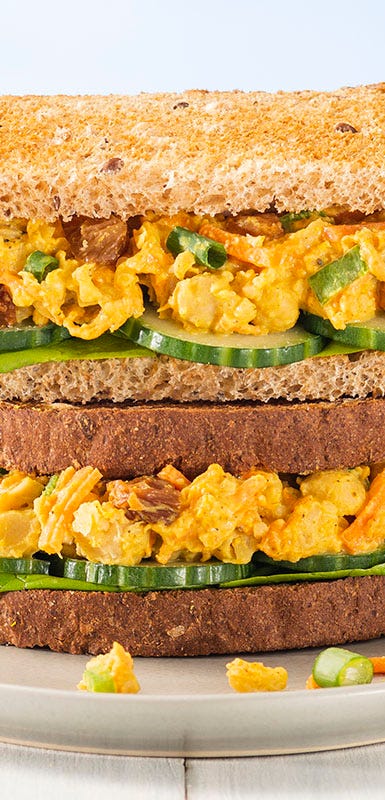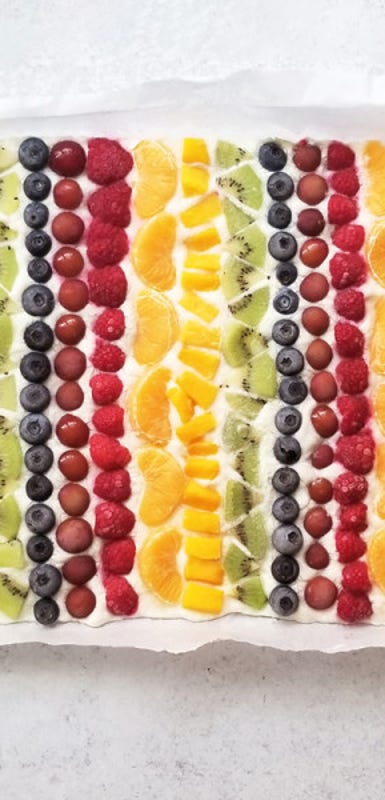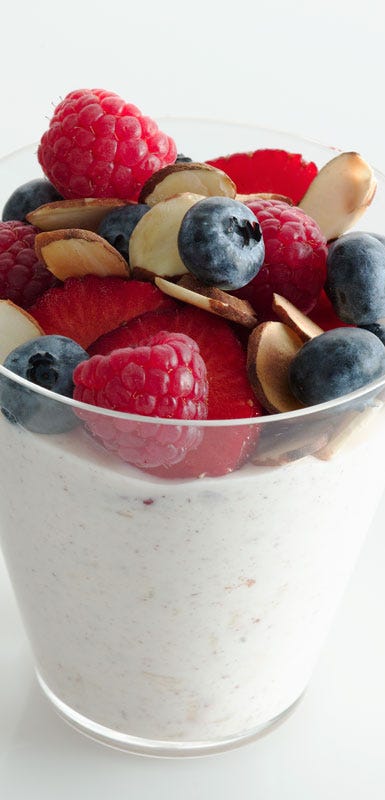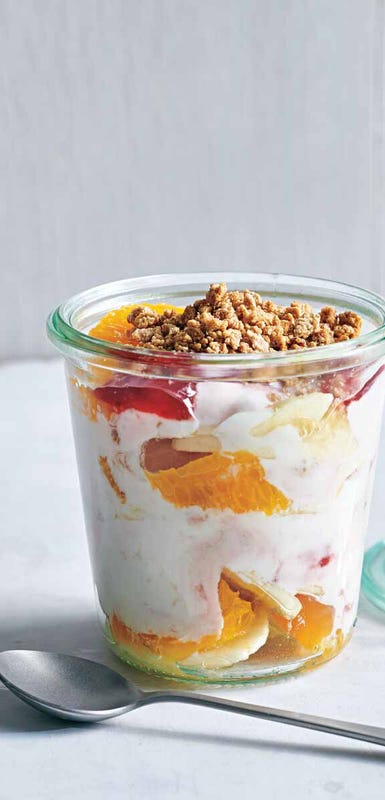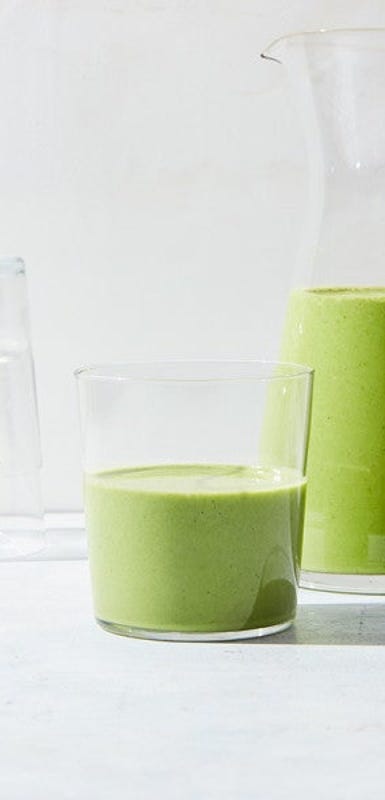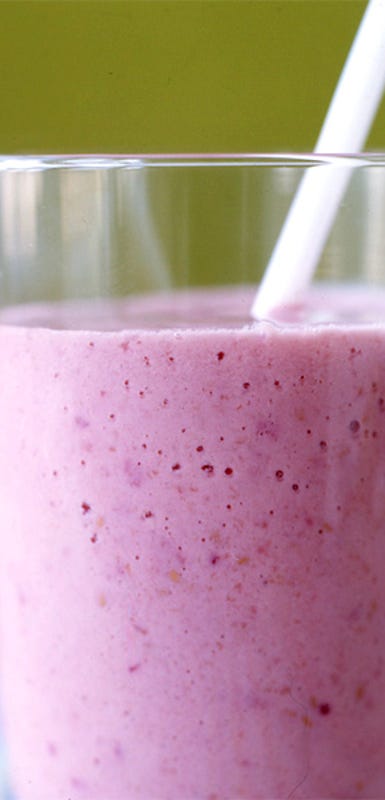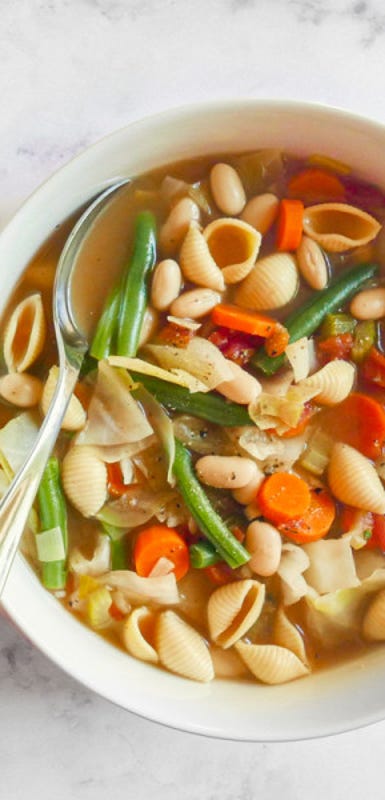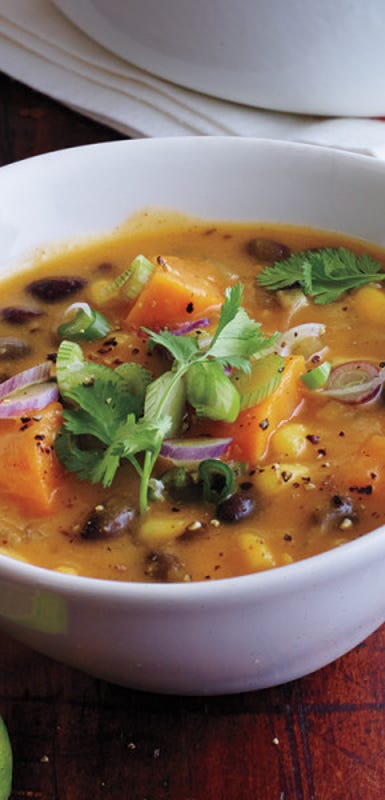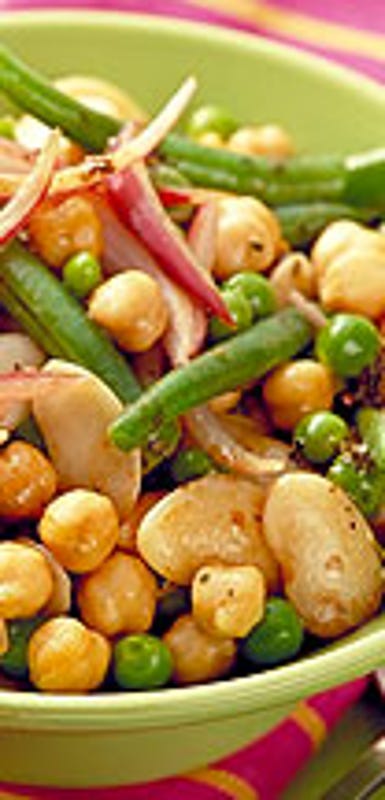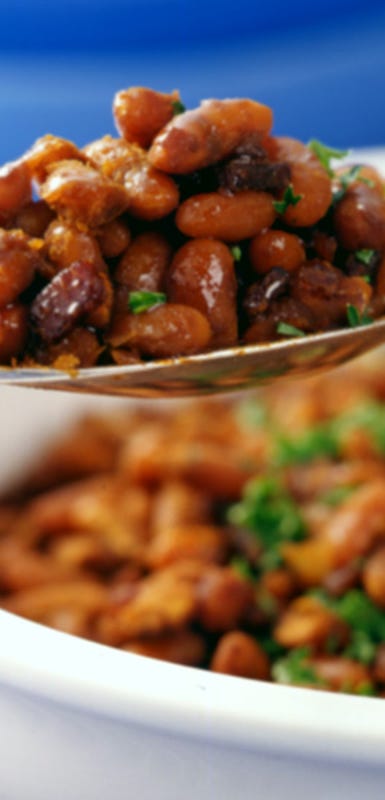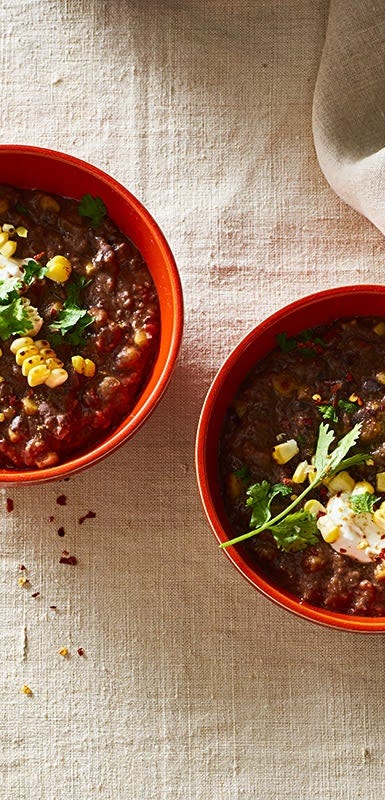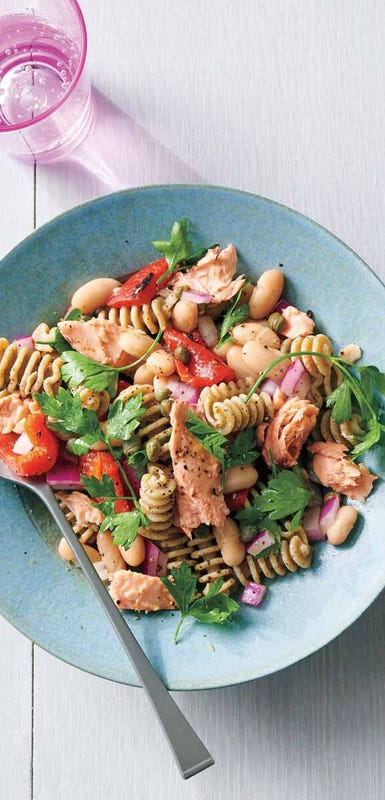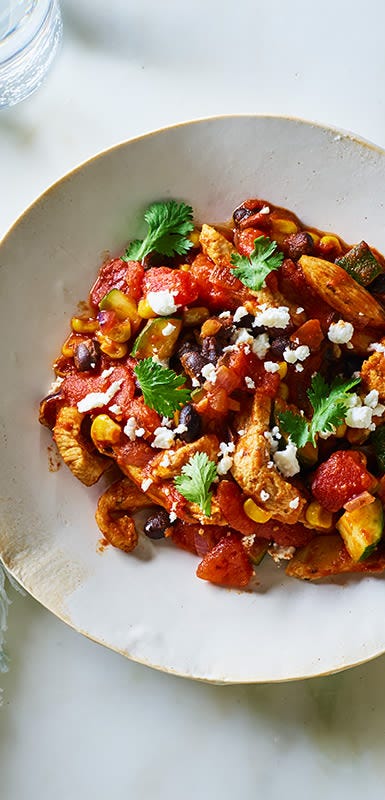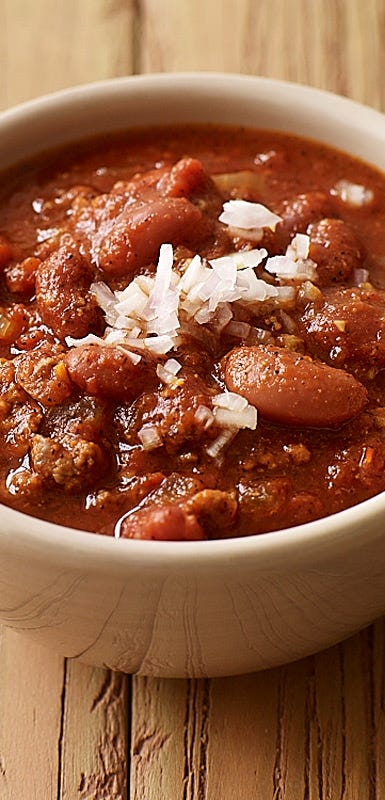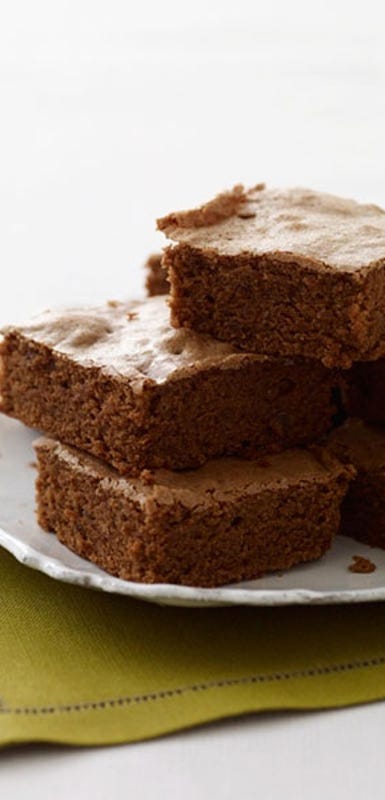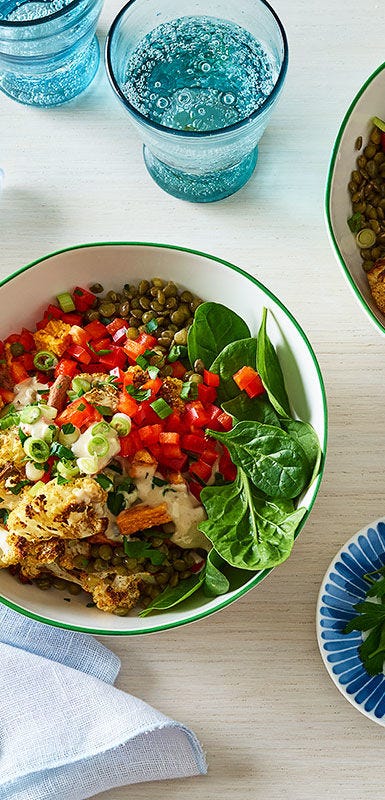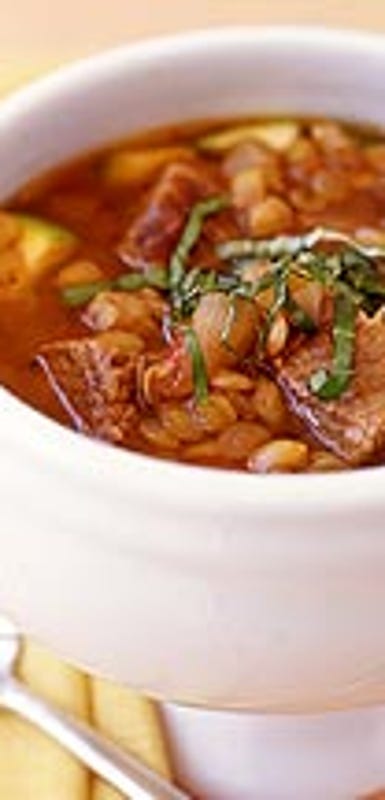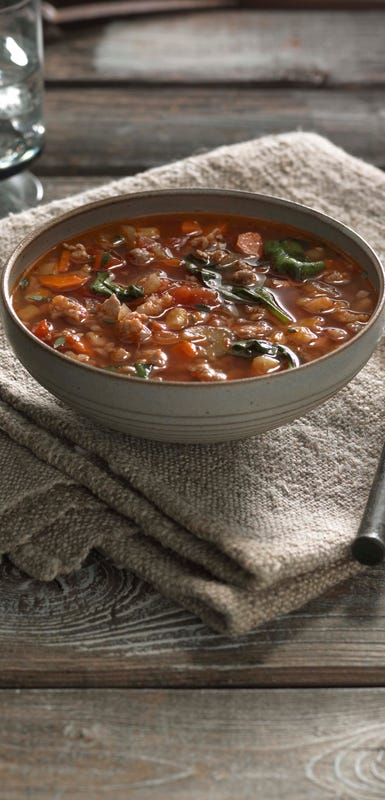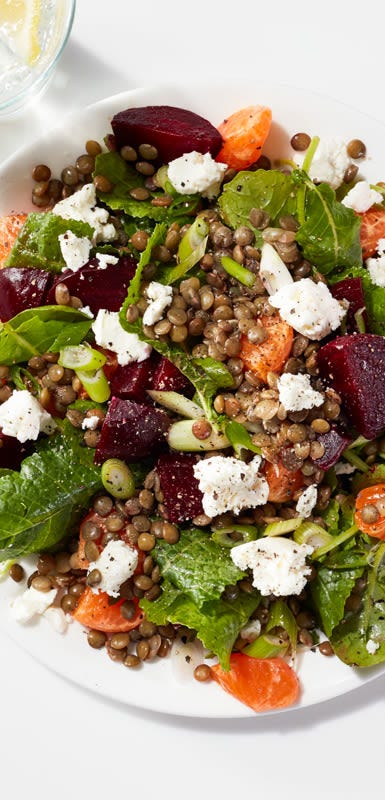Recipe Round Up: Best WW recipes featuring lean proteins
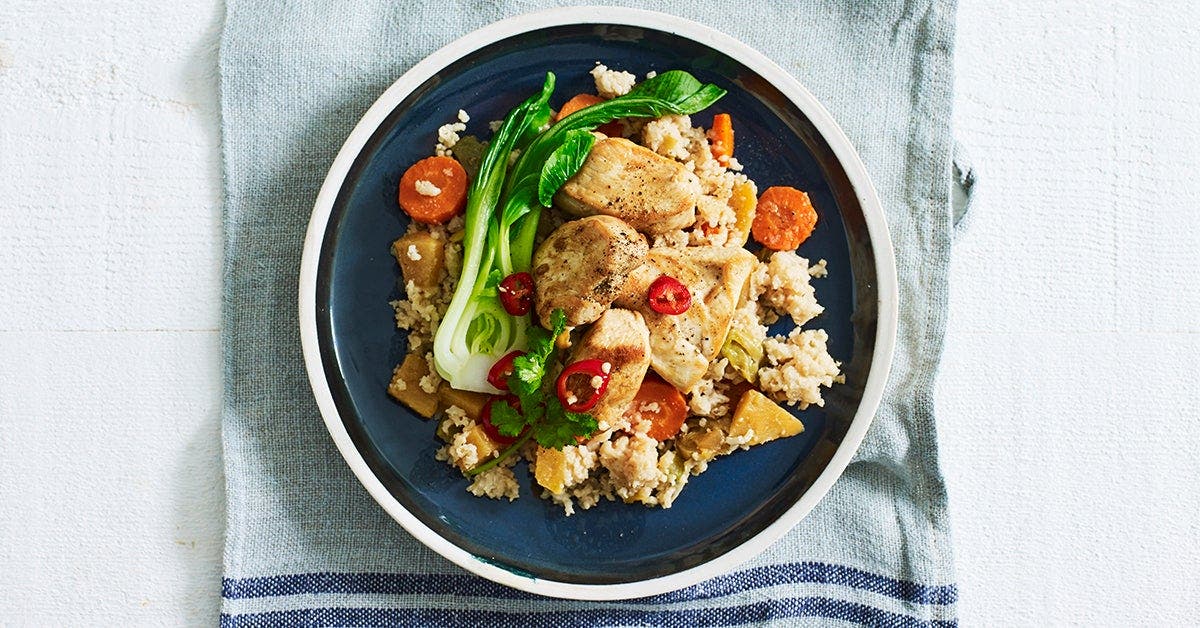

Whether it’s animal or plant-based, a serving of lean protein can transform a lacklustre salad, a bowl of soup or a piece of toast into an energizing meal that will keep you full for hours. Lean protein can also be the centrepiece to a meal, a special main course reserved for celebrations and holidays. In this round up you’ll find inspiring recipes for lean sources of protein, including chicken, turkey, tofu, and lentils, to name only a few, as well as tips for incorporating these foods into your daily eating plan.
Learn more about your protein needs here.
Chicken
Protein per 3-ounce serving skinless chicken breast: 24 grams
Batch cook several lightly seasoned chicken breasts (or 98 per cent fat-free ground chicken) on the weekend, adding the cooked chicken to meals over the following week. Cubed, shredded or sliced, chicken breasts can transform a salad or light soup into a full meal, and they can bolster the satiety factor of richly-flavoured pasta dishes and roasted vegetables.
Turkey
Protein per 3-ounce serving skinless turkey breast: 26 grams
With a whopping 26 grams of lean protein per serving, it’s time to think about turkey as more than a holiday bird. Savoury and surprisingly versatile, turkey is just as at home in its traditional roasted form as it is when made into a shepherd’s pie, meatloaf or tourtiere. The trick to a moist turkey breast? Brine the breast beforehand (see the recipe for brined sheet-pan turkey below) and use an oven thermometer to prevent the turkey from accidentally overcooking.
Eggs
Protein per (1) large egg: 6 grams
Poached, baked or scrambled, there’s no beating eggs as an inexpensive and convenient source of lean protein. For easy-to-peel hard boiled eggs, plunge the eggs into ice water as soon as they’re done cooking; store eggs in the fridge for up to one week. Egg yolks are a good source of iron and folate, don’t be afraid to include them in recipes calling for whole eggs.
Tofu & tempeh
Protein per 3-ounce serving of tofu: 8 grams of protein
Protein per 3-ounce serving of tempeh: 16 grams protein
Tofu and tempeh, which is a funkier, chewier version of tofu, are both excellent sources of plant-based protein. These soy-based staples can be added to a wide variety of recipes, ranging from stir fries to pasta dishes. Tofu is categorized according to its firmness: extra firm, firm, medium, soft and silken. Soft and silken tofu adds a creamy texture to smoothies, dips and desserts.
Fish & shellfish
Protein per 3-ounce serving of salmon: 19 grams protein
Protein per 3-ounce serving of whitefish (such as tilapia and halibut): 22 grams protein
Protein per 3-ounce serving shellfish (assorted): 16 to 20 grams
When fresh fish and shellfish isn’t available, be sure to stock up on frozen seafood (most of which is frozen immediately after being caught on the ship.) If you’re fortunate enough to live near a reputable fish counter, ask if they have seasonal recommendations and/or tips for preparing fish.
Nonfat plain yogurt
Protein per 6-ounce serving (3/4 cup) nonfat plain yogurt: 9 grams
Protein per 6-ounce serving (3/4 cup) cup nonfat plain Greek yogurt: 15 to 20 grams protein
While both regular and Greek nonfat yogurt are good sources of protein, Greek yogurt contains roughly double the protein, making it the better choice when you’re feeling hungry. Use yogurt in baking as a substitute for buttermilk or sour cream, to add a creamy texture to smoothies and in place of mayonnaise in dressings and sauces.
Beans & lentils
Protein per ½ cup serving of cooked beans: 7 to 9 grams
Protein per ½ cup serving of cooked lentils: 9 grams
In addition to being excellent sources of plant-based protein, beans and lentils are packed with fibre, a combination that promotes the feeling of being full hours after eating. An indispensable staple for those following a vegetarian or vegan diet, beans and lentils add texture and flavour to soups, chilis, salads and pasta dishes. Black beans are smooth and mildly-flavoured, making them an unlikely but delicious addition to chocolate brownies and fudge.

